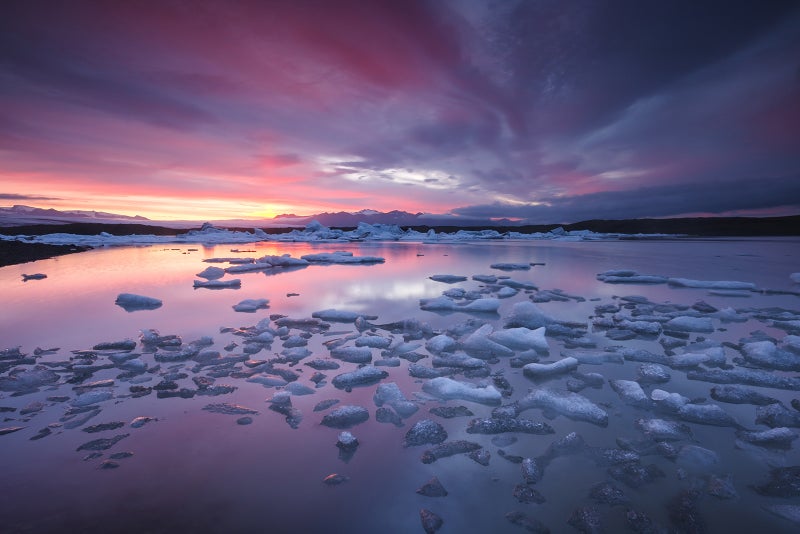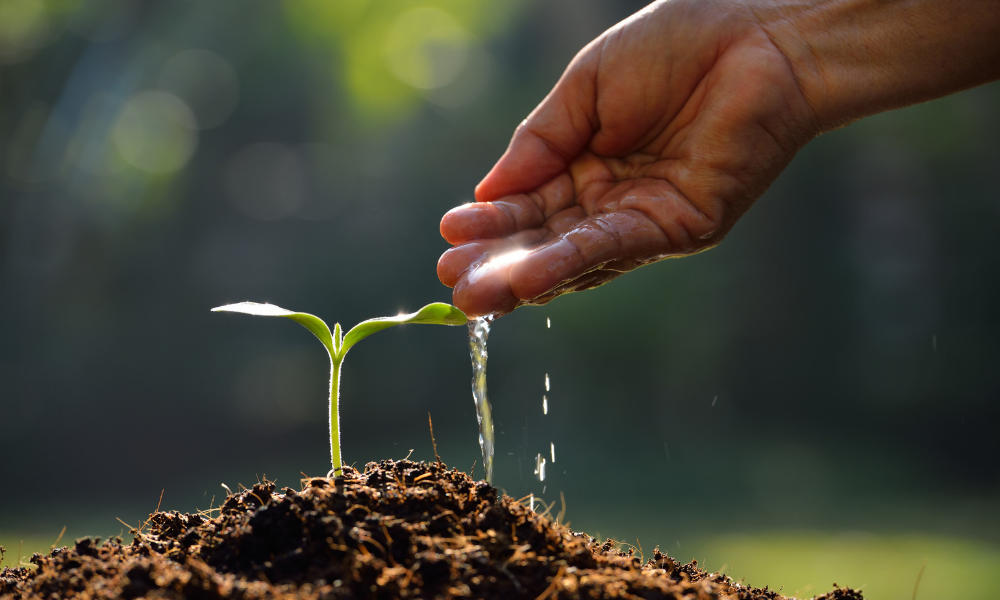Countdown Timer


Glaciers are used as an indicator because of how old they date back to several thousands years ago, thus they provide feedback on the impact of climate throughout their changes over time. The visual and eye opening perspective can be witnessed by these melting glaciers causing sea levels to rise, therefore increasing coastal erosion. Whereas, coastal erosion is the loss of land from the removal of sediment and rocks along the coastline. Furthermore, they impact the increase of elevates storm surge because warming air and ocean temperatures manifest these dangerous coastal storms like hurricanes and typhoons. Now we come to realize the potential disasters stemmed by we learned about glaciers.

Throughout the news and history we have experienced devastating destruction that have been brought by floods. While, floods are about the accumulation of water over normally dry land. But, they are caused by the inland water overflow such as in rivers, streams, or tidal waters. Also, may be resulted by the unusual build up of water created by heavy rains, dam, or levee breaches. Thus, they display the long-term consequences that floods bring to wreak havoc on the environment, humanity, health, and many more.

The term air pollution refers to the release of pollutants into the air. While, these pollutants become a detrimental to human health and the planet as a whole. Whereas, with trapping the earth’s heat in the atmosphere, greenhouse gases bringing warmer temperatures, thus result in the hallmarks of climate change: rising sea levels, more extreme weather, heat-related deaths, and the increased transmission of infectious diseases. The are long term lasting consquences that is harming everyone and future generations.

While we know wildfires are often caused by human activity or a natural phenomenon it may happen at any time or anywhere. But, climate change has been a key factor in increasing the risk and extent of wildfires in the Western United States. Wildfire risk depends on a number of factors, including temperature, soil moisture, and the presence of trees or other potential fuel. Therefore, we continue to learn about these aspects contain strong direct or indirect ties to climate variability and climate change.
